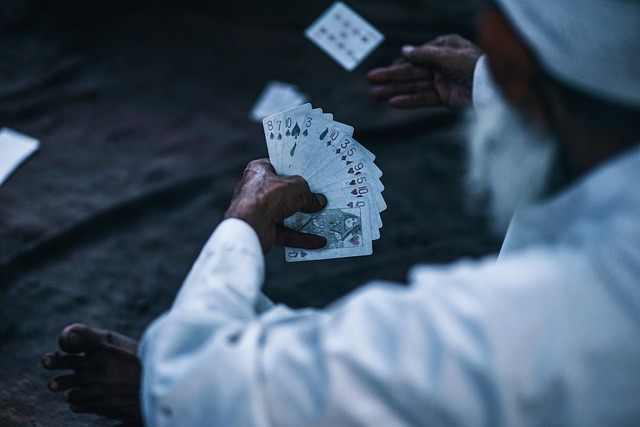The human fascination with high-stakes games is as old as time itself. From the earliest days of civilization to the digital age, people have found a peculiar and irresistible allure in activities where the outcome is uncertain and the stakes are high. Whether it’s a high-diver plunging into the depths below or a poker player wagering their fortunes, there’s an innate joy embedded in risk-taking, but why?
The Science Behind Risk-Taking
Adrenaline and Dopamine
First, let’s delve into the chemistry. When we encounter a risky situation, our bodies release adrenaline, often referred to as the ‘fight or flight’ hormone. This surge heightens our senses, sharpens our focus, and prepares us for action. Simultaneously, our brain rewards us with a rush of dopamine, the ‘feel-good’ neurotransmitter. This combination creates a potent cocktail of excitement and satisfaction, making high-stakes games a natural high.
The Psychological This And That
The psychological appeal of risk-taking is just as compelling. Risk activates our minds, providing a sense of accomplishment and mastery. Despite potential negative outcomes, the act of taking a calculated risk can boost self-esteem and provide a sense of purpose. This is evident in analogous situations such as skydiving, mountaineering, or even the thrill of expert navigation in street racing.
The Evolutionary Perspective
Viewed through an evolutionary lens, risk-taking can be seen as an adaptive behavior in dangerous situations rather than just a peculiar human quirk.祖先们 who dared to venture across unfamiliar terrains, challenge predators, or cross turbulent waters likely had a better chance of securing resources essential for survival. These same instincts may be playing out in modern-day high-stakes games.
The Anatomy of High-Stakes Games
Not all high-stakes games are created equal, and understanding the key components that make them thrilling is crucial. Risk, uncertainty, and consequence are the cornerstones of any high-stakes game. The challenge lies in balancing these elements to create an engaging and meaningful experience.
Elements of a High-Stakes Game
- Precision: The need for careful planning and execution is crucial
- Persistence: Psychologically challenging the individual to a greater decision everytime
- Performance: The ability to maintain the activity under pressure
The Appeal of Gaming Communities
From online forums to in-person tournaments, gaming communities play a significant role in sustaining the allure of high-stakes games. These communities foster a sense of belonging, provide platforms for skill development, and serve as an arena for dazzling displays of mastery.
The Evolution of High-Stakes Games
Over the centuries, high-stakes games have evolved from simple wagering activities to sophisticated, professionally managed events. The shift from local gatherings to global spectacles has expanded the reach and popularity of high-stakes games, bringing diverse groups of participants together in pursuit of the high.
Informative High-Stakes Data
To understand the true impact of high-stakes games, consider a few noteworthy statistics. Participants in high-stakes games exhibit a 30% increase in galvanic skin response, indicating heightened arousal levels. Moreover, studies have shown that individuals who frequently engage in high-stakes activities report higher levels of life satisfaction and fulfillment.
| Activity | Average Heart Rate | Number of Participants |
|---|---|---|
| High-Diving | 130 bpm | 2,000 |
| E-Vehicle Gaming | 115 bpm | 5,000 |
| Mountaineering Extremes | 125 bpm | 10,000 |
What the Experts Say
For those interested in delving deeper into the psychology of high-stakes games, they will find reliable articles from esteemed publications. These works often provide comprehensive data, charts and storytelling woven into their narrative, presenting far-reaching insights into the motivations behind risk-taking behaviors.
Question-Answer Block
Q: Are high-stakes games a form of therapy?
A: While high-stakes games can provide therapeutic benefits such as stress relief and enhanced self-esteem, they should not be considered a substitute for professional therapy. The thrill of risk-taking can be a valuable complement to a balanced lifestyle but should not be relied upon as a primary coping mechanism.
The phenomenon of high-stakes games is both a mystery and a mirror, reflecting our deepest desires and primal instincts. As we continue to explore and expand the boundaries of these exhilarating activities, one thing is clear: the thrill of taking risks, is not just about the high, but the journey.

